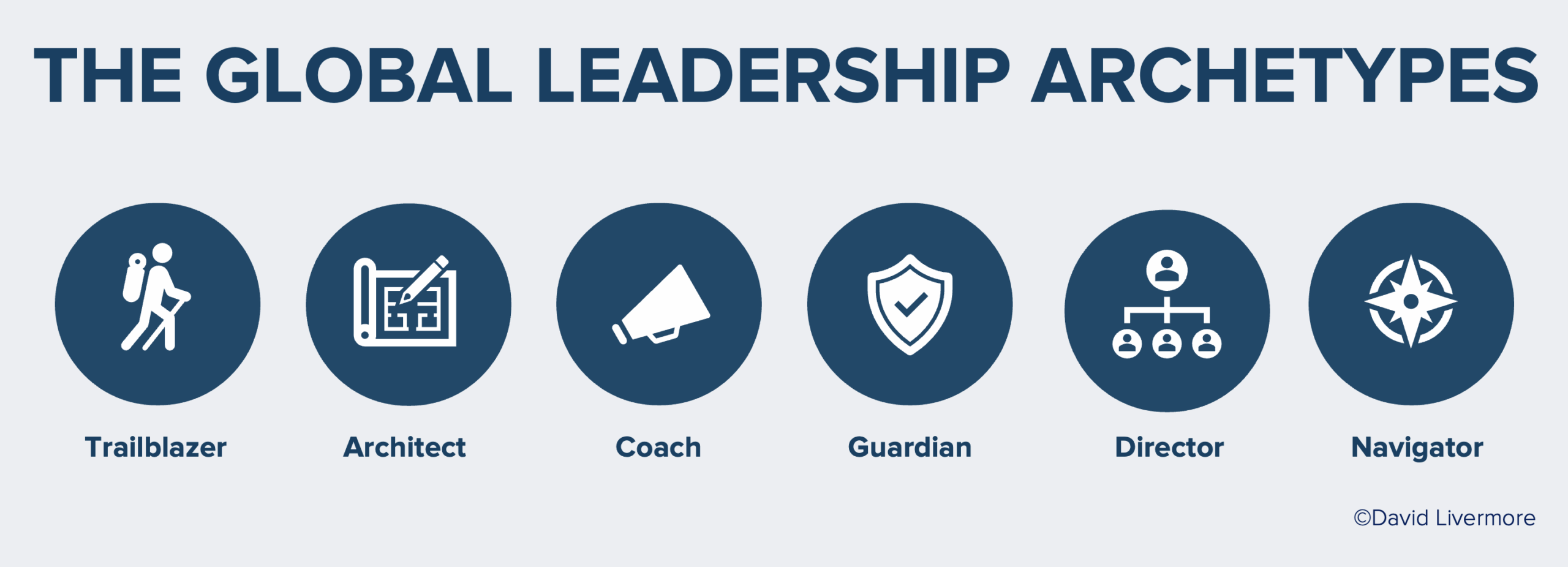—Guest post by Dr. Sandra Upton
Today more than 2.5 million students are studying outside their home countries. Estimates predict a rise to 7 million international students by 2020. Students from Asia are entering the major academic systems of North America, Western Europe, and Australia and vise versa. Countries like the United Kingdom, Australia and Canada have adjusted visa and immigration requirements to attract foreign students. But what happens once they arrive on campus?
In my nearly 18 years of working in higher education I’ve observed the impact of these changes. Smart institutions realize that competing globally means creating culturally intelligent campus communities that embrace and leverage diversity. Those who tie diversity to academic and institutional excellence will be the ones that are most successful.
The colleges and universities making the most strides in becoming authentic, culturally intelligent institutions adopt the following practices:
1. Diversity and Inclusion (D&I) is tied to strategic, measurable outcomes.
For any D&I initiative to be effective, it must be an integral part of the institution’s mission, core values and strategic plan. There must also be a high level of synergy and alignment across the efforts of various departments and divisions. Most significant, and the weakest link at many colleges and universities, is the need to evaluate the effectiveness of D&I efforts with measurable outcomes. It’s easy to engage in a lot of useful activities like diversity fairs, multicultural awareness weeks, and workshops. But the question becomes – Do our D&I efforts support the overall goals and objectives of the university and can they be measured for effectiveness?
2. Diversity is important. Inclusion is even more important.
I recently heard someone say, “Diversity is inviting everyone to the party; inclusion is allowing everyone to dance.“ Colleges and university’s that diversify and do nothing else set themselves up for failure. The real test comes with creating an environment where everyone on campus thrives and is able to achieve their maximum potential. Inclusively excellent institutions consistently engage in the process of identifying and eliminating racism and other biases (conscious or unconscious) by changing systems, structures, policies, practices and attitudes so that power is redistributed and shared more equitably. This occurs by using the next three practices.
3. Cultural Intelligence is prioritized for everyone on campus – students, faculty and staff.
Recruiting a diverse group of students, faculty and staff is essential but it’s not enough. It has to be followed by a strategic plan that fully equips the entire campus community with the skills to relate and work effectively across cultural differences. Whether it’s equipping Chinese students to engage with their North American peers, supporting underrepresented staff to succeed within the institution, or helping faculty understand the different needs of Latino versus African-American students, the CQ of students, faculty, and staff make or break whether a university truly becomes a more diverse, inclusive place. The conversations, lectures, and group projects that occur behind closed doors ultimately reveal whether a campus is becoming more culturally intelligent. Creating a learning and development plan for improving CQ is essential.
4. Diversity content is strategically integrated into the curriculum.
Since colleges and universities are ultimately about education, diversity must be built into the curriculum. Each department needs to identify learning outcomes and create a rubric for assessing courses and students in light of the priorities of diversity and inclusion. Students need to see how diverse perspectives enhance their understanding of the material being taught and they need to see how hands-on experiences on campus, in the local community and through study abroad programs tie to their personal and professional goals.
5. Leadership Commitment
University leaders (President, Provost, VPs and Board of Trustees) must personally demonstrate cultural intelligence and strategically integrate it across the institution. This means intentionally including the contributions of all stakeholders within the organization by ensuring all stakeholders are represented in every conversation, decision, and new initiative. And it means building an institutional culture that views diversity as an institutional treasure and inclusion as a strategic imperative.
I am thrilled to be joining the team at Cultural Intelligence Center and am looking forward to using my years of experience as a faculty member, administrator and leader in facilitating several MBA global business experiences, to work alongside my colleagues in the higher education space around the globe. Given the global changes coming our way, it remains a critical yet exciting time for institutions of higher learning around the world.




